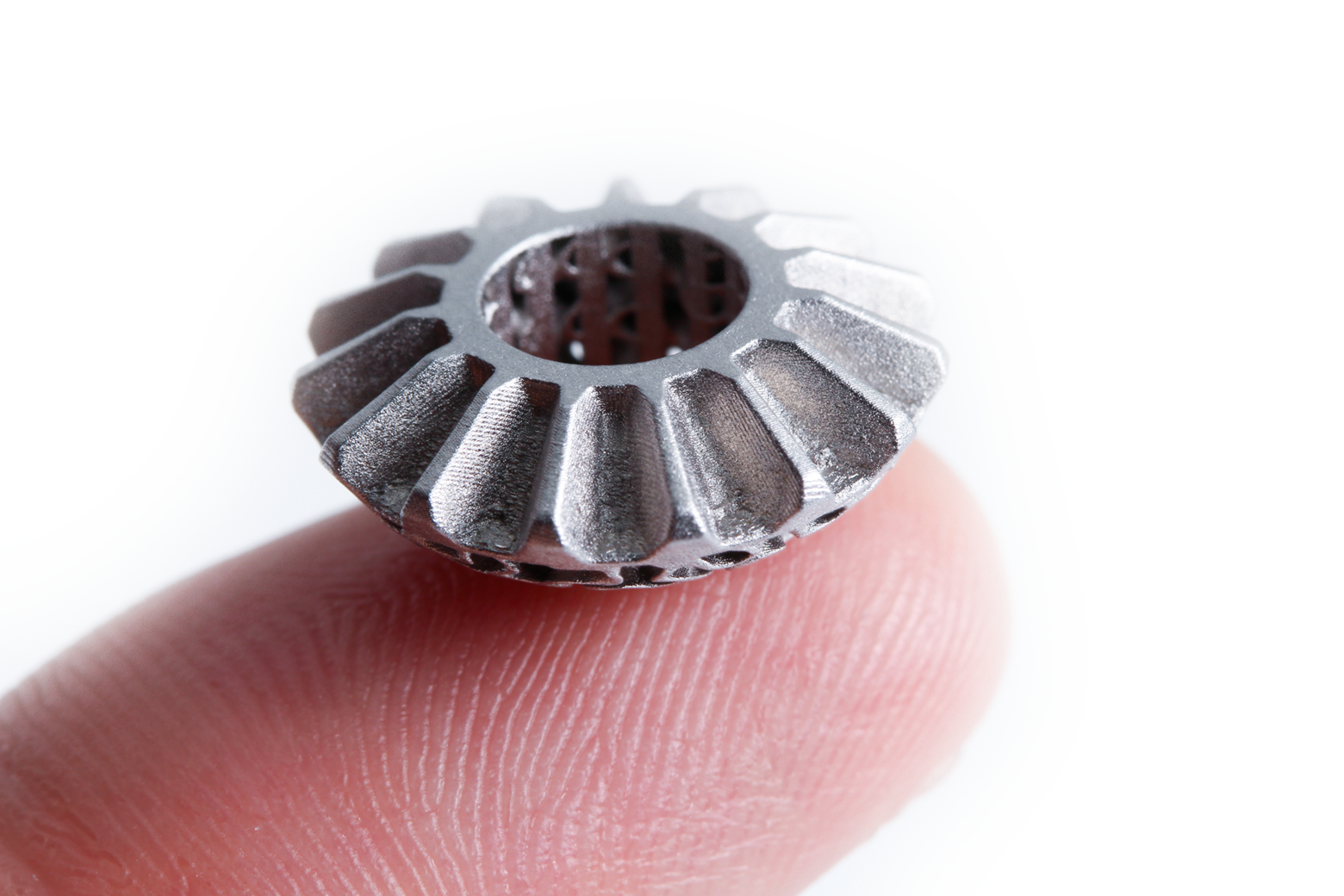Greene Group Industries (GGI) has struck a deal to acquire Holo’s assets. An Autodesk spinout, Holo is a pioneer in large-scale digital manufacturing for intricate metal parts. Although the company did not disclose the value and terms of the transaction, we do know that GGI has acquired Holo’s patented PureForm additive manufacturing technology, which enables rapid prototyping and scaled production of complex metal parts.
With a century-long history and expertise in providing high-quality metal parts and services. GGI is recognized as an industry leader in various metal forming technologies, including stamping, forming, CNC machining, wire electrical discharge machining (EDM), and metal injection molding (MIM). Its state-of-the-art manufacturing, sales, and support network enables it to take an initial product concept, rapidly provide a prototype, and develop a short-run production process.
Before acquiring Holo’s assets, GGI established a strategic partnership with New York-based private equity firm Tinicum LP, which invests money on behalf of the Ruttenberg family, known for their pioneering involvement in investment activities since the 1940s. Along with affiliated funds managed by Tinicum Incorporated, Tinicum LP acquired a controlling interest in GGI to accelerate investments in technology, enhance capabilities, and meet the growing demands of global customers. This partnership allows GGI to leverage Tinicum’s expertise in industrial technologies and benefit from the Ruttenberg family’s legacy in investment activities.
“Holo’s technology is a great addition to our comprehensive offering of metal injection molding, stamping, and precision machining. This transaction enables GGI to deliver prototype metal parts, with a surface finish and feature resolution comparable to metal injection molding, in a best-in-class lead time of less than two weeks,” said GGI’s CEO, Alexis Willingham. “PureForm additive manufacturing technology will strengthen our partnerships with customers by supporting faster iterations through the entire product life cycle while GGI maintains its premium engineering service and quality performance.”
Founded as a spinout from Autodesk and backed by top-tier Silicon Valley investors and strategic partners, Holo’s proprietary digital manufacturing platform produces high-resolution parts across a wide range of material classes, including metals, ceramics, and composites.
With the acquisition of Holo’s assets, GGI not only brings the innovative PureForm technology into its operations but also gains control over key aspects of Holo’s technology and intellectual property, including expertise in rapid prototyping, scaled production, and achieving surface finishes similar to metal injection molding. This integration will enhance GGI’s capabilities, setting higher standards for efficiency and quality in the industry and offering customers improved services, faster lead times, and an expanded array of metal-forming solutions.
Subscribe to Our Email Newsletter
Stay up-to-date on all the latest news from the 3D printing industry and receive information and offers from third party vendors.
Print Services
Upload your 3D Models and get them printed quickly and efficiently.
You May Also Like
Heating Up: 3D Systems’ Scott Green Discusses 3D Printing’s Potential in the Data Center Industry
The relentless rise of NVIDIA, the steadily increasing pledges of major private and public investments in national infrastructure projects around the world, and the general cultural obsession with AI have...
Formlabs Teams Up with DMG MORI in Japan
In late June, Nick Graham, Chief Revenue Officer at Formlabs, announced on LinkedIn that the company had partnered with DMG MORI, one of the world’s leading machine tool companies, to...
EOS in India: AM’s Rising Star
EOS is doubling down on India. With a growing base of aerospace startups, new government policies, and a massive engineering workforce, India is quickly becoming one of the most important...
3D Printing News Briefs, June 25, 2025: R&D Materials, 3D Printed Veneers, & More
In today’s 3D Printing News Briefs, 3DXTECH has launched a program that gives customers early access to experimental materials, and the first Lithoz CeraFab Multi 2M30 in the Czech Republic...





































